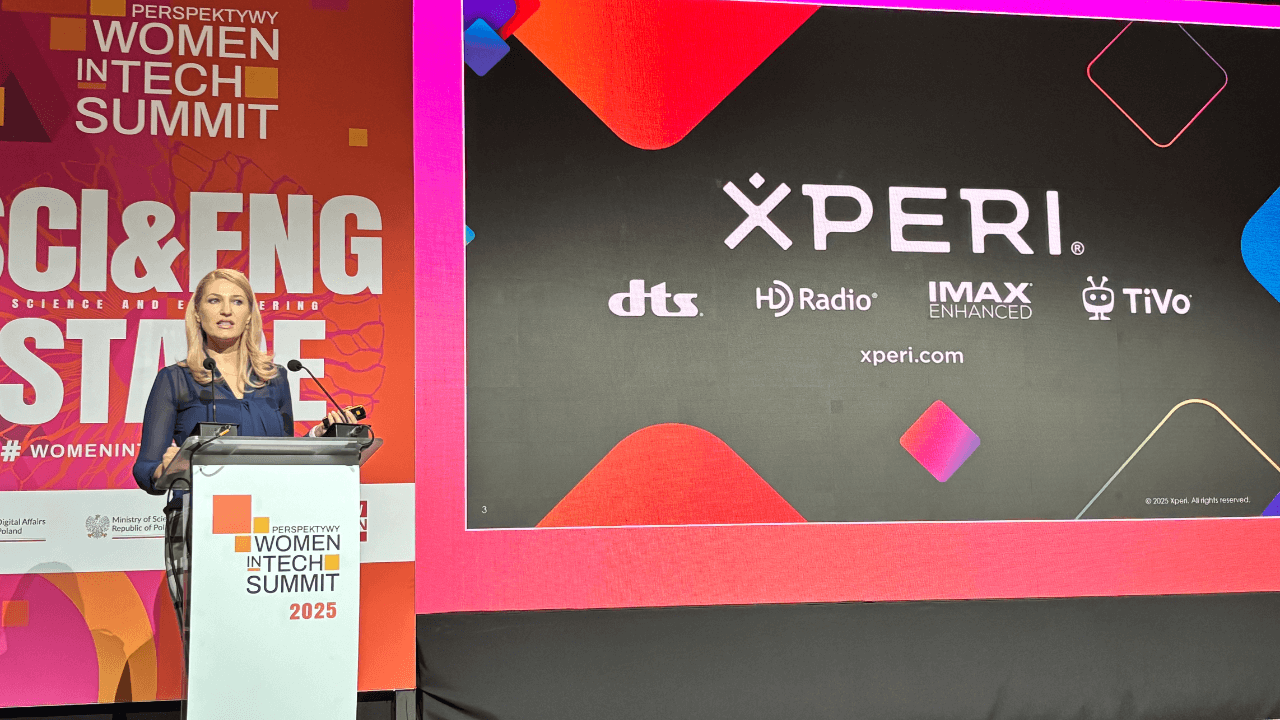How Targeting, Buying, Selling, and Measurement Adapt to a Big Data World
Historically, an advertiser could only target a TV audience using archetypal consumer segments that were no more granular than approximate age, location and gender. If you were marketing to all teenage girls in the New York metro area, or if you were marketing to men over 65 nationwide, or women in Southern California between the ages of 25 and 35, the old system could help you get your ad in front of a lot of the people you were trying to reach but quantity doesn’t always gaurantee quality and ultimately, action.
There was an inherent flaw in this old model: it wasn’t capable of much specificity. As anyone who has ever met teenaged girls (or men over 65, or women between 25 and 35) will tell you: no two people are the same, even within the same broad demographic group. Every person responds differently to advertising and everyone has their own preferences.
Advertisers now have the ability, because of an evolving technology ecosystem, to target their ads to consumer audiences using a detailed collection of digital indicators, behavioral data and machine learning. This advanced targeting ability has fundamentally become a catalyst for change in the TV advertising industry.
Getting Smart about TV
Smart TVs have fundamentally disrupted the advertising ecosystem. TV, the greatest reach vehicle for ad delivery is now ripe for a digital revolution.
According to TiVo’s bi-annual Video Trends Report, 3 out of 4 households in the US have at least one smart TV that is broadband enabled. These devices provide consumers access to an endless supply of long and short form video content. This vast supply has been both a gift and a curse. While it has opened many more options for the delivery of ads, it has introduced fragmentation that has made it even more difficult to reach targeted audiences at the right time, place and frequency.
Historically, the TV advertising industry has comfortably transacted billions of dollars each year based on standards that dictated pricing and inflexible practices controlled by a single source vendor. Today, smart TVs (also referred to as connected TVs) have opened a marketplace where advertising on the biggest screen in the home flows through the programmatic advertising ecosystem, which is comprised of a digital bidding process for inventory available for sale, which buyers can then bid on through a machine-automated auctioning process. Pricing today is defined on the basis of cost per thousand ad impressions (a.k.a. CPM) which is largely driven by supply and demand, instead of by ratings, as in the past.
It’s worth highlighting what a radical shift this ecosystem is from what came before it. Not long ago, TV advertising negotiations were made through handshake deals managed using spreadsheets, and proprietary software to place, post and invoice against impression delivery. There were systems in place to facilitate these transactions, but human interaction and oversight was still required to make them functional. Buyers and sellers would negotiate pricing based on standards derived from opt-in data Nielsen captured from its panel of just over 20,000 households.
Using its proprietary research and development of a rating system, Nielsen effectively dictated the playing field on which billions of advertising transactions were made. Nielsen became the go-to resource for advertisers when they wanted to find out what consumer audiences were watching on linear TV and when. Consumer audiences were generalized in this system, forcing advertisers to cast a wide net in the effort to compete for share of voice and grow or retain category market share.
The adoption of programmatic buying and selling of advertising has shed light on the flaws of this process that we all knew had lots of room for improvement. Enter big data.
It’s a Big Data World
Direct access to disaggregated behavioral data at a large scale has revolutionized the monetization model of advertising. It has enabled the implementation of a more data-driven and result-oriented approach to planning, buying, and measuring marketing investments. Without big data, the programmatic execution of advertising would not be possible. By leveraging vast amounts of data, machines and algorithms can learn and adapt, improving the effectiveness of ad targeting and campaign optimization.
Linear TV viewership data has been a game-changer for the programmatic advertising landscape. OS platforms like TiVo and others have harnessed the power of software to passively capture viewership data, allowing advertisers to redefine their audience targeting and ad placement strategies in a much more powerful, sophisticated, and accurate manner than before.
This has not only improved the effectiveness and reach of advertising, but has also allowed for better measurement and optimization of ad performance.
Data and Tech Converge
Access to disaggregated, behavioral data has given buyers and sellers the ability to create custom audiences as part of an integrated media plan. Think of it as 1:1 marketing on a mass level.
A data-driven, addressable and automated process for transacting advertising, programmatic is a holy grail of sorts for advertisers. It brings the promise of single source advertising, planning, execution, and measurement capabilities to the advertiser. It offers the notion of efficiency and high impact results with more control to the players on both ends of the transaction.
With the help of connected TVs, advertisers can now deliver their ads programmatically across multiple touchpoints within a household, ensuring a cohesive and applicable experience for each individual. In this system, ads can be personalized and tailored based on individual preferences and behaviors, increasing the relevance and effectiveness of each advertising message.
Machine learning plays a crucial role in leveraging data to optimize ad targeting and delivery, allowing advertisers to better understand and predict consumer behavior. The combination of connected TVs and advanced data sets has unleashed the power of machine learning, ultimately transforming the programmatic advertising landscape
Measurement and Integration
As with most things, measurement defines the return on investment. For the advertiser, programmatic allows both buyers and sellers to digitally trace if impressions were delivered to whom they intended, and ultimately if it drove the behavior they wanted. Did the customer visit the website? Did they buy the product?
We live in a cross-platform world now, where each of us as consumers can receive the same brand message throughout various times of the day on different devices, and where the advertisers can measure the performance and reach with a much higher level of precision than in the past. This allows them to optimize their marketing budgets, standardize the messages they deliver, and to get a far more accurate picture of the effectiveness of their campaigns.
It also provides the power to integrate campagin executions and measure performance across devices at the consumer level. Historically these different delivery mechanisms had to be measured in isolation from each other because the data existed in so many different siloes, and often different teams were tasked with delivering these campaigns to different devices.
With data at its core, the power of machine learning to enhance targeting and extend campaign reach beyond the TV screen has been unleashed. With the help of connected TVs, advertisers can now deliver their ads programmatically across multiple touchpoints within a household, ensuring a cohesive and applicable experience for each individual within a household.
The programmatic advertising ecosystem has changed a lot of things for advertisers, content providers and TV operating systems in a relatively short period of time. What happens next is still an evolving situation, but we can be sure that improvements will be made that allow for better targeting and more efficient buying and selling, in addition to better integration and measurement across different viewing platforms.
Stay up to date on the latest technology and insights from TiVo here.



